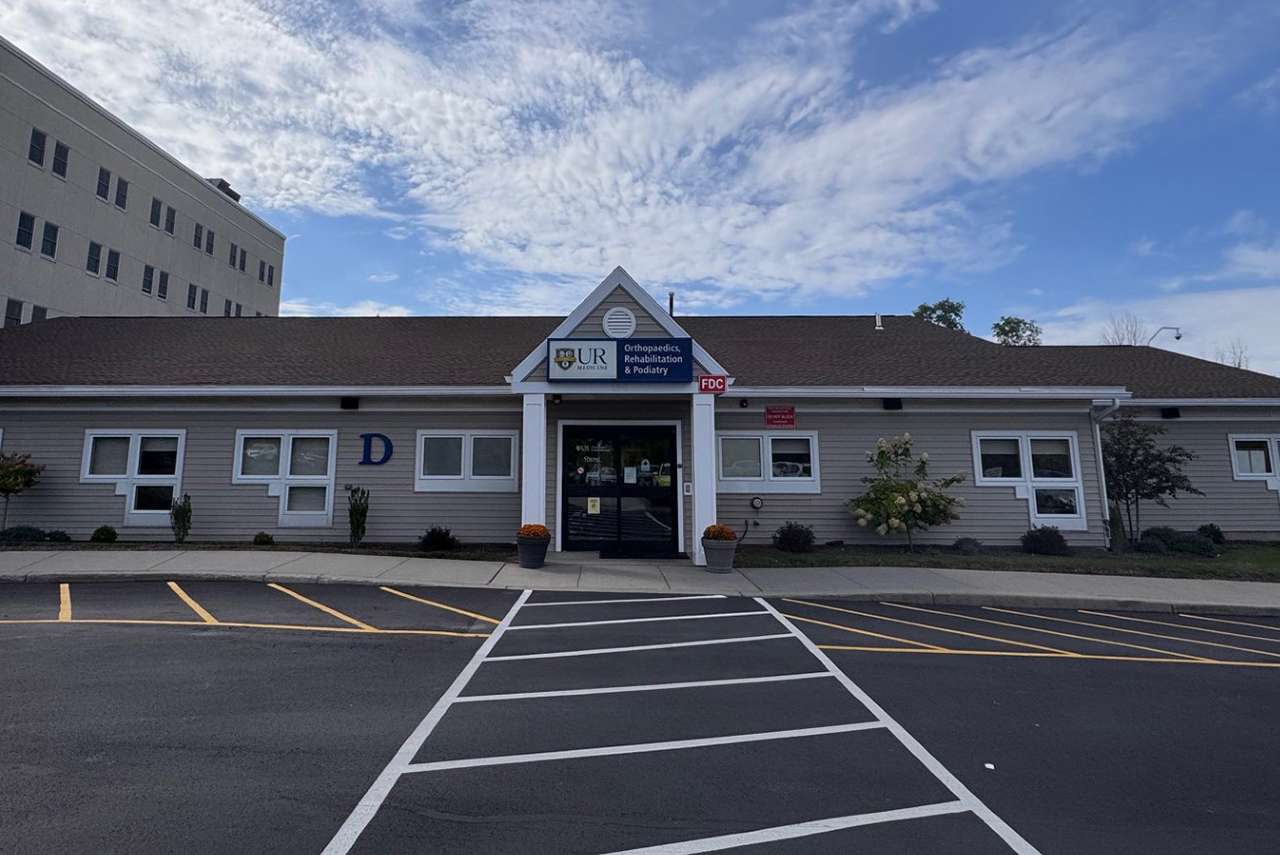Bone Cancer
Make Appointments & Get Care
What is Bone Cancer?
Bone cancer can affect the strength and stability of your bones, as well as the muscles, tendons, ligaments, and cartilage that help you move.
Tumors can originate in any type of bone cells, and they can be either benign (non-cancerous) or malignant (cancerous).
Learn more about bone cancer and its treatment.
Wilmot Cancer InstituteUR Medicine's Treatments for Bone Cancer
Wilmot Cancer Institute is committed to providing the highest-quality treatment and care — through expert and innovative medicine, science, and education — for any patient burdened by any cancer within our region and beyond.
What Sets Us Apart?
UR Medicine's Wilmot Cancer Institute provides world-class cancer treatment and care and conducts pivotal research. The goal is to prevent and conquer cancer through innovation in science, patient care, education, and community outreach.
Locations
View All LocationsWe serve you in the Rochester metropolitan area and surrounding region.
View All Locations2 locations
Canandaigua Commons
699 South Main Street, Suite 3
Canandaigua, NY 14424
Strong West Annex, Building D
156 West Avenue
Brockport, NY 14420
Clinical Trials
Carefully conducted clinical trials are the safest and fastest way to find effective vaccines, treatments, and new ways to improve health.
Search Clinical Trials